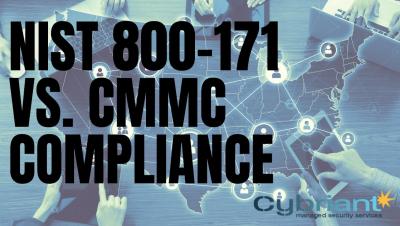CMMC vs NIST: What's the Difference?
If your firm is a government contractor working with the U.S. Department of Defense, or works anywhere in the DoD supply chain, brace for big changes in the cybersecurity requirements your business will need to meet. By 2026, the Defense Department will require its contractors to comply with new cybersecurity standards known as the Cybersecurity Maturity Model Certification — CMMC, for short.









